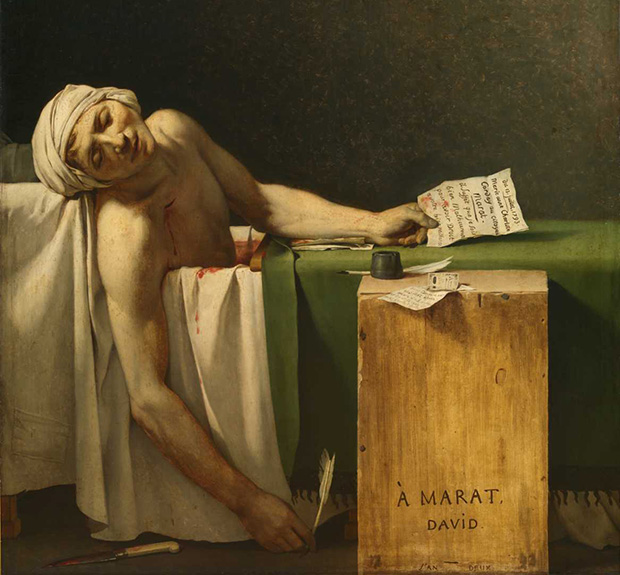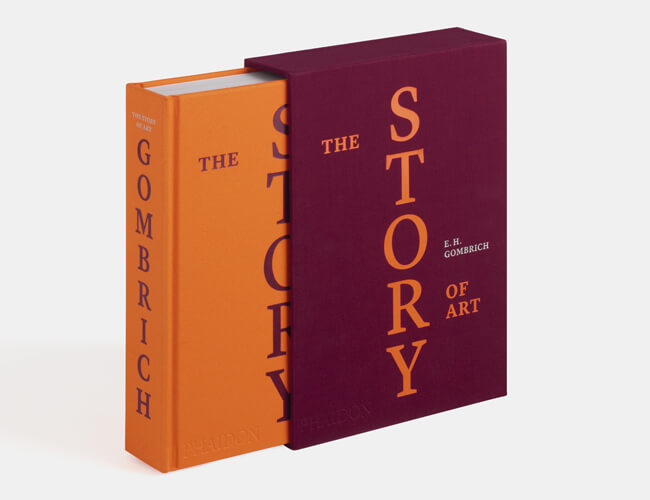
How The French Revolution influenced the painting of heroes
EH Gombrich explains the work of Jacques-Louis David - ‘official artist’ of Revolutionary France
In his renowned study The Story of Art, the great EH Gombrich describes how the revolutionary ructions of the late eighteenth century altered the way artists viewed their own age, and the suitability of certain subjects when painting a historical-style canvas.
Take for instance the French Revolution. Today (July 13) is the anniversary of the day when one of its leaders, Jean-Paul Marat, was killed in his bath by a fanatical young woman.
“The French Revolution gave an enormous impulse to the painting of heroic subjects,” Gombrich writes. “The leading artist of this neo-classical style was the painter Jacques-Louis David (1748 – 1825), who was the ‘official artist’ of the Revolutionary Government.
David and his fellow revolutionaries “felt they were living in heroic times, and that the events of their own years were just as worthy of the painter’s attention as the episodes of Greek and Roman history.”
David painted Marat as a martyr who had died for his cause. This was no simple task, as the Frenchman had not died on the battlefield, but while bathing.
“Marat was apparently in the habit of working in his bath and his bath tub was fitted with a simple desk,” Gombrich writes. “His assailant had handed him a petition, which he was about to sign when he she struck him down. The situation does not seem to lend itself easily to a picture of dignity and grandeur, but David succeeded in making him seem heroic while yet keeping to the actual details of a police record.”

Some of this heroism is apparent in the way David renders the revolutionary’s naked torso, but also in the details that the painter chooses to excise. “He had learned from the study of Greek and Roman sculpture how to model the muscles and sinews of the body,” Gombrich explains, “and gave it the appearance of noble beauty; he had also learned from classical art to leave out all the details which were not essential to the main effect, and to aim at simplicity.”
In this way, the painter managed to make a modern work shot through with ancient qualities. “It is an impressive commemoration of a humble ‘friend of the people’ – as Marat had styled himself – who had suffered the fate of a martyr while working for the common wealth,” Gombrich concludes.
You can get greater insight into this painting and countless others,by buying a copy of The Story of Art here.